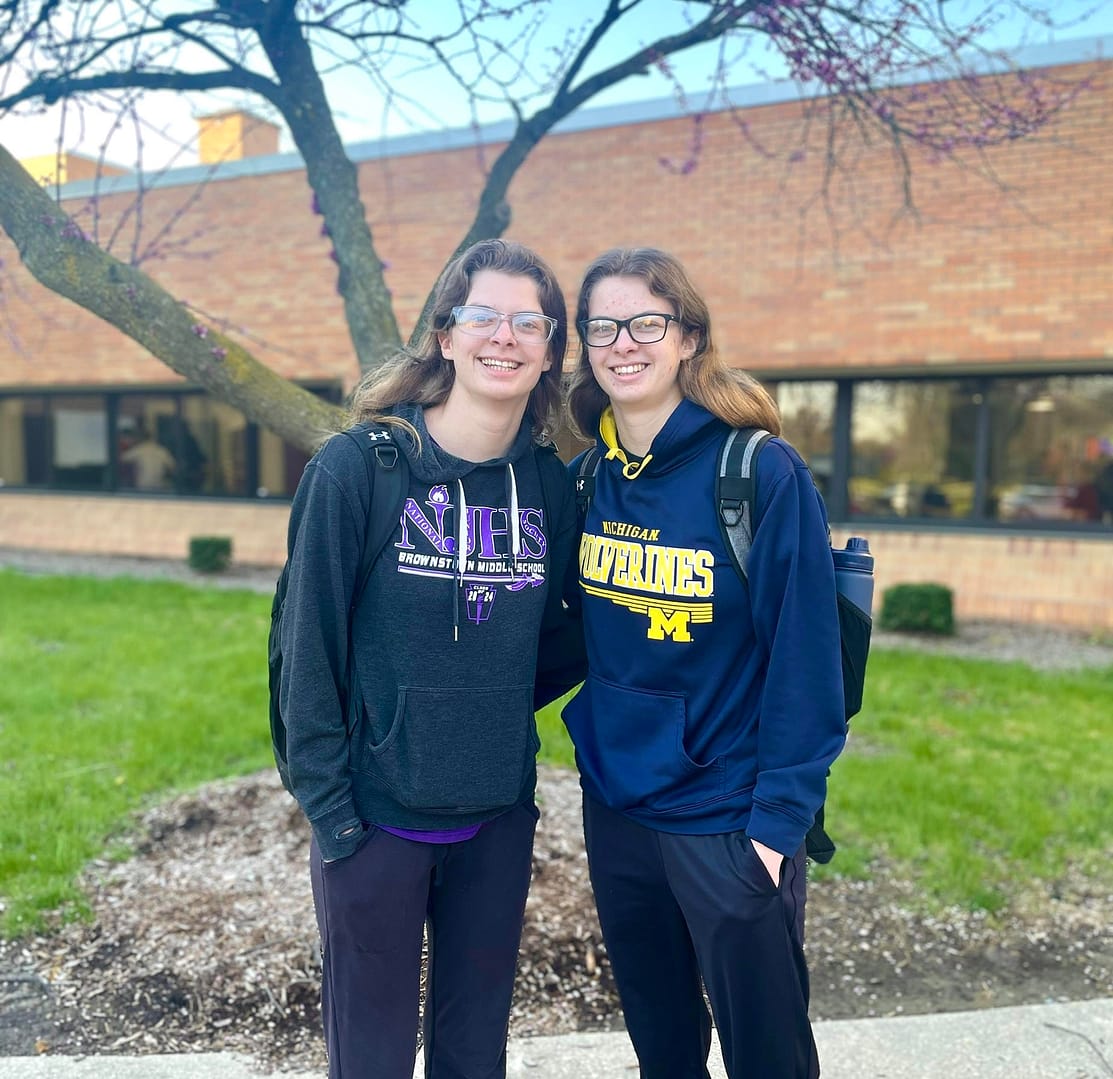Tibor Jurko has spent 23 years as a teacher at WHS teaching biology, anatomy, astronomy, environmental science, and physical science. He is currently teaching biology to the sophomores and anatomy to the seniors. He obtained a Bachelor’s in science and a master’s in education from Eastern Michigan University. In his anatomy and physiology class, he goes over the 11 organ systems of the human body. Students get the opportunity to dissect animals such as sheep brains, sheep hearts, cow eyes, and cats. Those who are interested in going into the medical field might be curious about what Jurko’s class has to offer, so here are 10 questions with Mr. Jurko on his anatomy and physiology for further details.
What are the potential benefits of students studying anatomy and physiology?
I think it’s important in the sense of not only getting the basic biology but also how it interacts with the human body. So students have an understanding of how animals essentially completely work and they can correlate that to other interests that they might have like veterinary medicine or human medicine, definitely things like that.
What appeals to you about teaching in our district and why?
I’ve always liked Woodhaven- Brownstown because the district is very kind and we have a good group of students and they make sure that we have what we need. And teaching to the students you can tell really goes far because so many students, and particularly with anatomy, end up going down that path at the college level and then for a future career.
What might students expect from this course, and what practical experiments will they be able to participate in?
So the students in this course will definitely be familiar with the 11 body systems and in depth to the level of an introductory anatomy and physical course. And they would be able to apply that knowledge. So we do a wide variety of things from basic activities to dissections of mammal parts. Cat is the ongoing class project from the middle of the year to the end of the year to become familiar with how physiology and anatomy work together.
What additional instructional strategies do you use to keep the subject engaging for students?
I’m constantly looking for newer and better ways to present material, especially now in the digital age when we have 4G and things like that, computer graphics now combined with these models that we have with the human body and some of the gross anatomy, it’s amazing. So constantly keeping updated in one way.
Tell us about any achievements or special times you had while teaching anatomy?
There are always several, every year something happens that’s unique and probably one of the most interesting ones was during cat dissection, one of my student groups realized that something was odd with the cat and thought the cat had a giant tumor when in actuality she had three kittens inside that they thought was a tumor so we pulled the little kittens out and preserved them.
Could you provide some suggestions or methods for learning and remembering the material in this course?
I would recommend constant review for memorization and strategy to use your online resources that you possibly could so your quizlets at the basic level and then more through work your way up from there are so many online things to help you but with anatomy and bio it’s all about repetition how.
How beneficial is this course to those seeking a medical degree?
It’s beneficial because it gives you an idea of what you’re up against. Because anatomy and physiology require so much memorization. I teach it like a freshman-level college class so if you are doing well here, that gives you a pretty good indication that you will do well in college too. You will also have your basic foundation of what you need for upper-level anatomy classes meaning in the college level.
If this is a college upper-level class, then why is it not an AP class?
That’s because the College Board has to approve all AP classes and as of right now they have not proven it as an AP-level class yet. But there are some rumors that they are talking about making anatomy an AP class next year in 2025.
Which part of anatomy do you think students find challenging and how do you help them?
The cardiovascular system is pretty intense and requires a lot of memorization. Again, constant repetition shows different modern-day computer graphically oriented things that help with the different areas of that system, and color coding is another good way.
A piece of advice that you would like to give to anyone pursuing a career in medicine?
Don’t give up. Keep trying. You’re not going to succeed to a hundred and twenty percent right off the bat. You got to work towards it. You got to build on it. You have to work on your decision-making because yes you could know a system in and out but there are so many things that can go wrong with the system and there are so many things that can go right with the system. And you gotta know when to and that takes experience and perseverance.





